Process Facilitation in Somaliland
At the end of the summer of 2016, I left for a week to Somaliland to carry out an assignment for the local non-governmental organization Gargaar (NGO). In this blog post, I will reflect on my experiences as a process facilitator. How do you approach such an assignment? What happens in the meantime? And how do you respond to that? My biggest question beforehand was: will my way of working be effective in Somaliland?
Gargaar asked me to develop a new strategy for the future. The goal of this NGO is to empower women through Self Help Groups (SHGs). This method was developed in India, where women from the poorest neighborhoods save money together in groups of 10 to 20 and then lend it to each other. With the borrowed money, women start their own businesses, such as repairing clothing or buying an extra goat to sell its milk in their small vegetable shop.
In five years, Gargaar has formed 162 women’s groups. In total, these groups have saved $230,000. I was asked: what are the strengths and weaknesses of our current strategy? What do our women need to further develop? How are we going to shape this movement? What is our vision for the future, and what funding sources can we tap into? For more background information, see my blog: https://www.theohermsen.org/?p=718
On Thursday, August 18, I land at 10 a.m. in the capital Hargeisa. Since I would only be staying for eight days, my plan is to make a quick start today and tomorrow. Together with my clients, we determine who we need to speak with and that we will conclude the week with a conference involving all stakeholders in one room. As I’m picked up from the airport, I realize that the weekend here is not Saturday and Sunday, but Friday and Saturday. In short, my plan for a quick start goes out the window. I’ll have to be smarter about planning my flights in the future.
So, I decide to make the most of what’s possible. I choose to use Thursday evening to meet with my client Mohammed Amin to discuss the plans for the upcoming week. Who can and should I speak with this week? What topics are important, and what ideas does Mohammed Amin have himself? We outline a methodology for the week ahead, and I decide that it’s time to bring out one of my souvenirs: stroopwafels and a Delft blue windmill. As a thank-you for entrusting me with this assignment and this first international experience, I wanted to give something back. A tip I took from Jelle Brandt Corstius’s book ‘Universal Travel Guide for Difficult Countries is to always bring souvenirs from your own country to give as gifts when traveling.
Throughout the week, I speak with various key stakeholders from Gargaar. Supported by a translator, I engage in conversations with several women from the Self Help Groups. I have extensive discussions with the staff of Gargaar, the Ministry of Social Affairs, other NGOs also working with the Self Help Groups method, and we meet with a bank director. These conversations provide me with a good understanding of the issues at hand. Throughout the week, “time” proves to be a very flexible concept. “Tomorrow, the driver will be at your door at 9 a.m.” practically means 10:00 or 10:30. “We need to be with the minister by 9:30 a.m. tomorrow,” actually meant we would only meet the minister the following day.
I spend the week at the “Dutch House” with three Dutch Somalilanders, one of whom is a good friend of mine. They work for the World Bank and for Spark, a Dutch NGO that develops education and entrepreneurship programs for young, ambitious people in developing countries (including Somaliland). I use them as an alternative source of information and as sounding boards. In retrospect, I saw it as a great advantage that I was not staying in a hotel but was lodging in the ‘Dutch House.’ This allowed me to flow with the rhythm of the country. I also learned—besides meeting many people—the rules and social customs.
I conclude my week with a conference where I invite 10 women from different Self Help Groups and three facilitators/staff members. A board member and the director of Gargaar are invited to think about the future of Gargaar. I facilitate the meeting. From the discussions during the past week, we identify three themes to be discussed during the conference.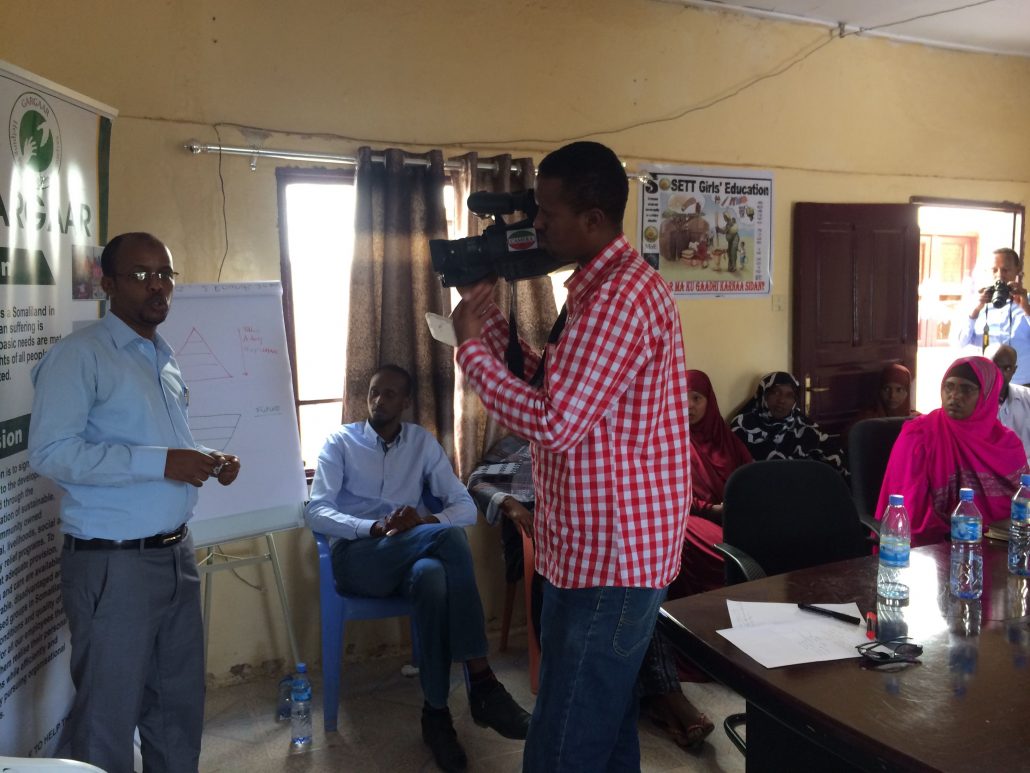
The day begins like it often did that week: too late. All the women, facilitators, and staff are ready to start at 10 a.m. But we must wait a little longer for the director, who needs to discuss something with a board member. A half-hour later, we can start. The director opens the session with a brief introduction. I then briefly outline the program. Just before I finish, a cameraman from the national television walks in. It turns out the director invited him. The cameraman is so enthusiastic about the topic that he decides to stay for the entire conference. This means he often films me from just a meter away.
During the conference, everything I say is translated by one of the staff members. This gives you more time to think, but it also affects the tempo and flow of the meeting. You also lack direct interaction with the women, which means you must rely on the translator’s skills and the trust relationship between the translator and the women.
After the introduction, we break into three groups, each focusing on a theme. We conduct two rounds. Each session is facilitated by one of the facilitators, who also guides the Self Help Groups and knows the women well. It’s wonderful to see how much input comes from the women. They are clear about what they want and know well what they need to increase their impact.
After the first round, it’s 1 p.m.—time to pray. In terms of timing, this isn’t ideal for the conference. After a short break for prayer and lunch, we continue with a second round. We decide to gather the results from the three groups in a central session, where the facilitators play an important role. They all speak good English, which allows for a lot of input to come back from the group. While many valuable solutions are discussed, there isn’t much interaction between me and the women; it’s primarily a conversation between me and the facilitators.
Beforehand, I wasn’t entirely clear on how to conclude the conference. However, I had noticed that almost every group meeting earlier that week ended with a speech from the chairperson. At the end, the chairperson looked at me to see if I wanted to give a speech. So, we close with several speeches. First, a few women take the floor. The first woman thanks Gargaar for the opportunities it has given her and her community. The second woman emphasizes her newfound self-confidence, stating she never thought she could achieve these results with her group. The last woman expresses her dream of becoming a parliament member.
Then it’s my turn to give a speech. I start by thanking all attendees for their dedication and contributions today. I express my admiration for the achievements of Gargaar and the women present. I highlight that this movement of Self Help Groups is an essential building block for further development in Somaliland. I then decide to bring out my souvenirs again. I had found 10 Delft blue clogs at the local tourist office in Deventer. It’s a lovely moment to present them to the women. I express the hope that these Dutch clogs will symbolize the progress of your Self Help Groups, your communities, and Somaliland.
Finally, it’s the turn of my client, the director of Gargaar, Mohammed Amin. He thanks the women, expresses his satisfaction with the new direction for Gargaar, and concludes with several beautiful experiences he has gained over the past years. At exactly 2 p.m., we wrap up the meeting. I leave with a pounding headache; I became ill halfway through the week. But fortunately, it’s over now, and I can finally rest.
In Conclusion
It was a wonderful experience to do my work abroad. You see similarities in your approach and working methods compared to what you are used to in the Netherlands. Here, too, connecting with the culture and people is important. When that connection is made, there is room to add new perspectives. The biggest difference is the language barrier, particularly with the women. This means you have to connect in an indirect and non-verbal way. The relationship between me and the translator, as well as the trust relationship between the translator and the women, is essential. Did my way of working also work in Somaliland? I believe so. In those seven days, I adapted my style and methods to the situation and the people there. This allowed me to be of value. In short, I would wish everyone such an experience. You become very aware of your working style and the impact you have as a change agent on your environment.
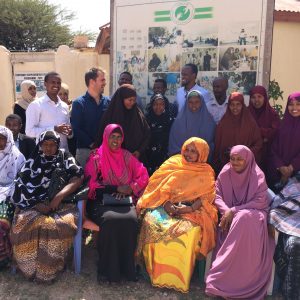

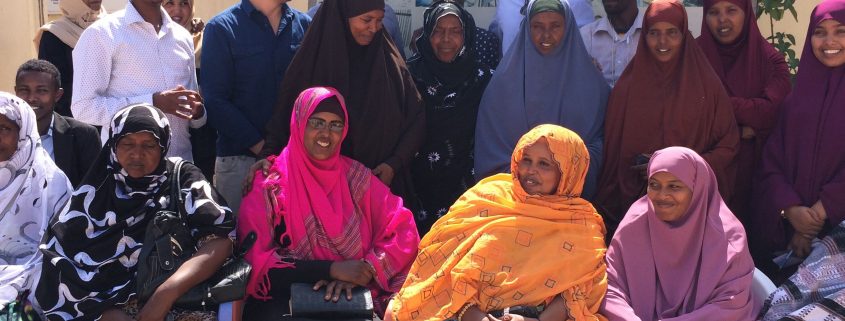
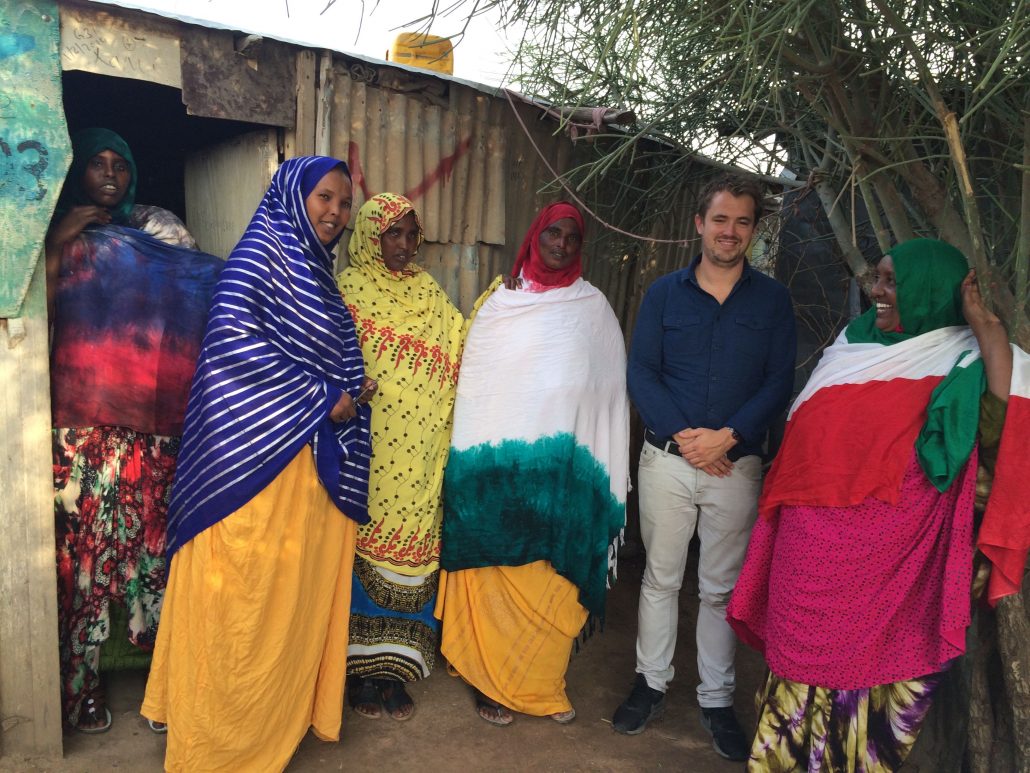
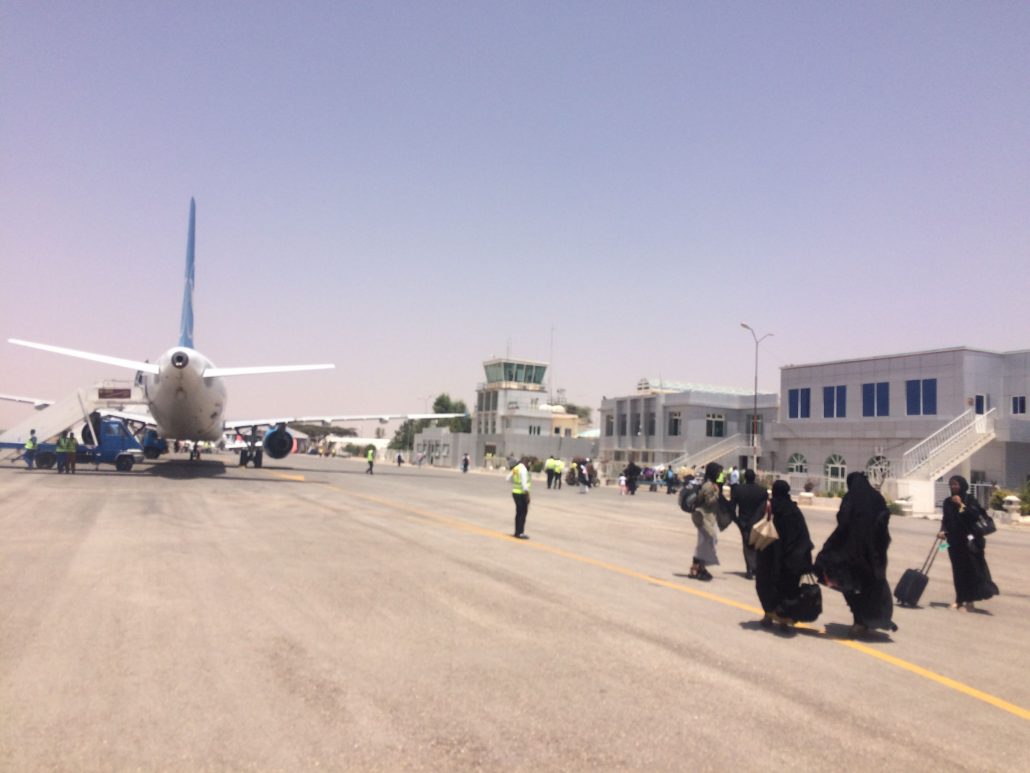
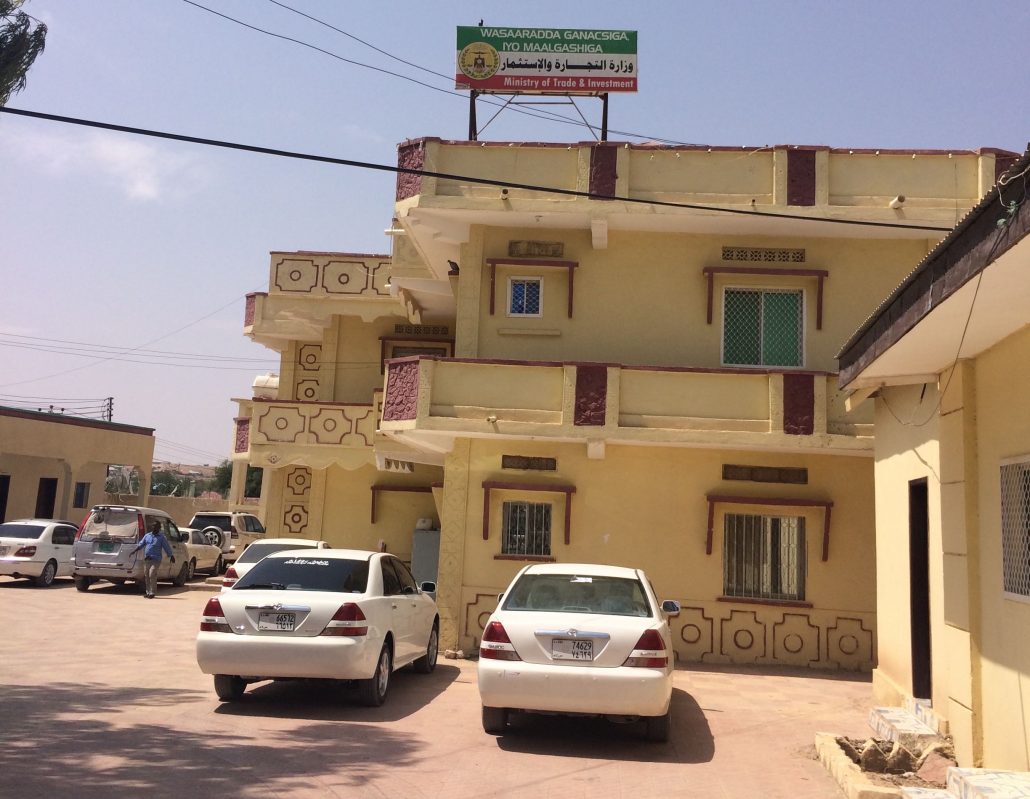
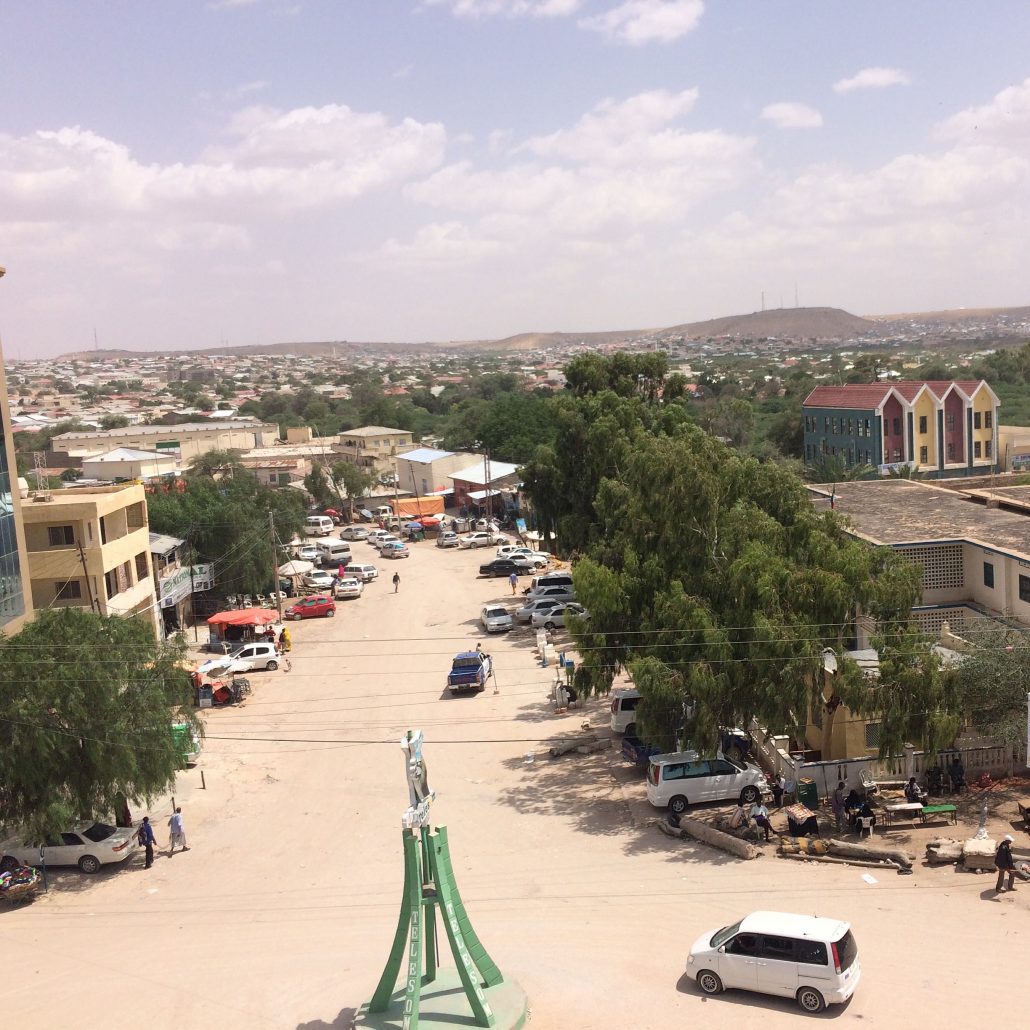
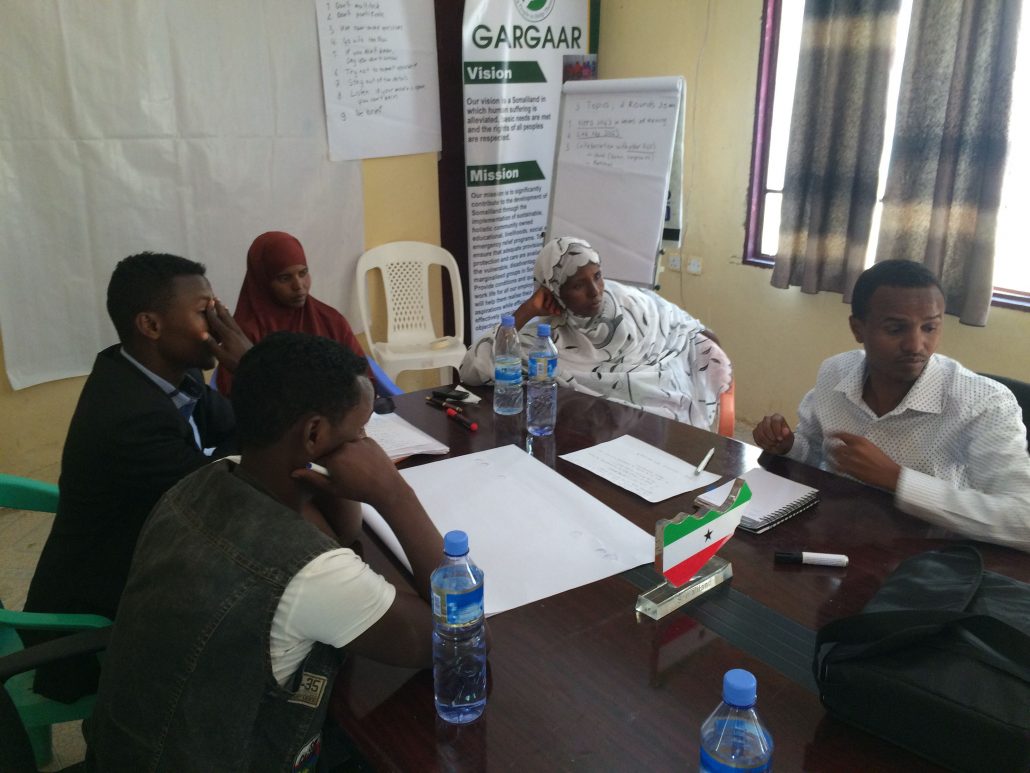
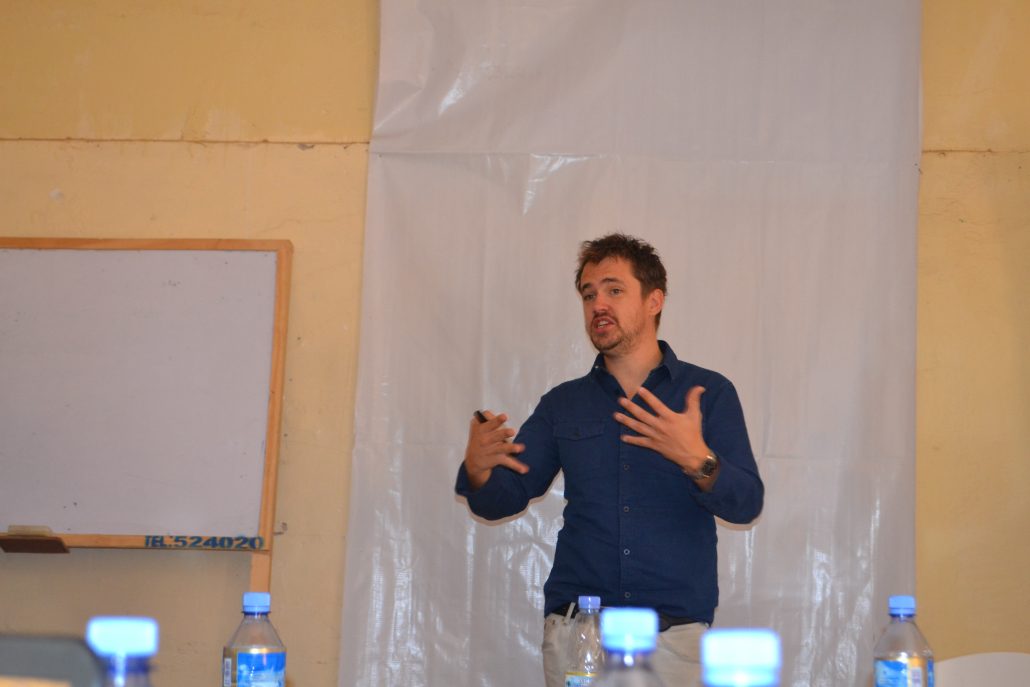
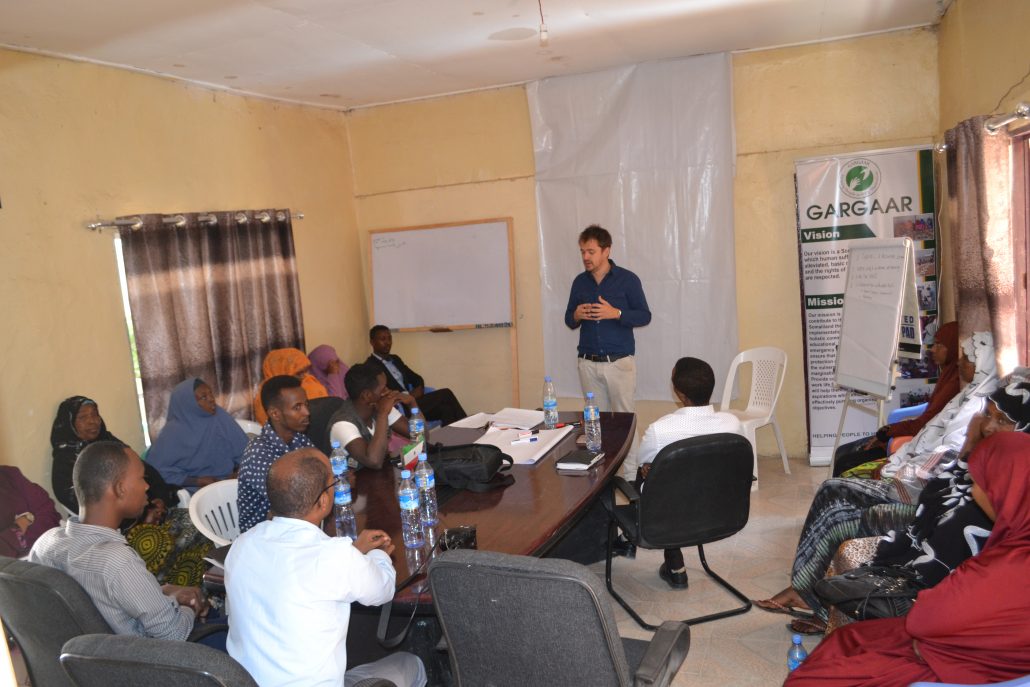
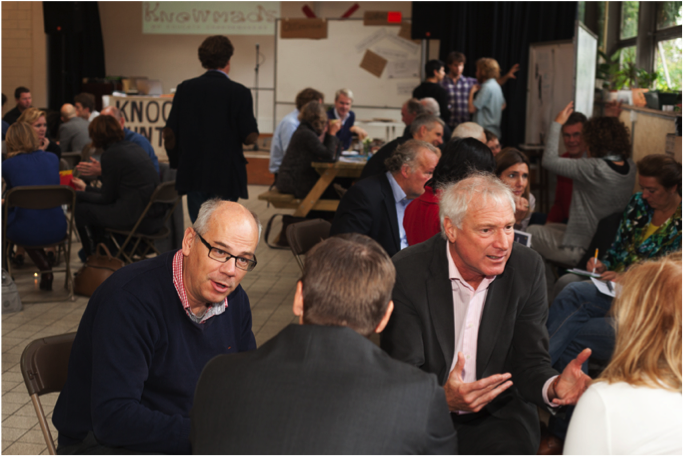
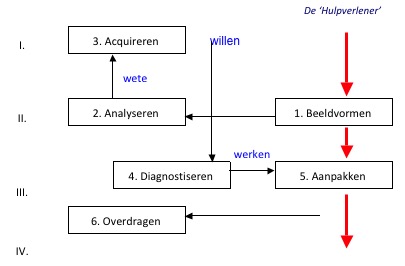
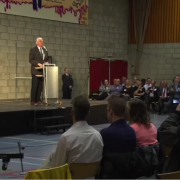
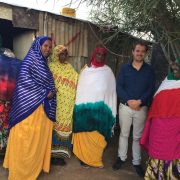



Plaats een Reactie
Meepraten?Draag gerust bij!